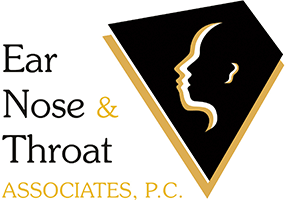Voice Disorders
The vocal cords (also called vocal folds) are two bands of smooth muscle tissue found in the larynx (voice box). The larynx is set in the neck at the top of the trachea (windpipe). The vocal cords vibrate and air passes through the cords from the lungs to produce the sound of your voice. The sound is then sent through the throat, nose, and mouth, giving the sound “resonance.” The sound of each person’s voice is determined by the size and shape of the vocal cords and the size and shape of the throat, nose, and mouth.
A voice disorder can be anything that affects the way you speak or sing. If you experience hoarseness, voice strain, raspy voice or struggle to speak, Dr. Chmielewska can help assess the cause of your voice disorder. Dr. Chmielewska is a fellowship-trained otolaryngologist who has specialized training in diagnosing and treating voice, swallow and airway disorders.
Common Voice Disorders
- Hoarseness and Voice Changes
- Laryngitis
- Laryngotracheal Stenosis
- Dysphonia
- Phototrauma (cysts, polyps and nodules)
- Vocal Cord dysfunction and paralysis
- Vocal Cord cancer
Evaluation & Treatment
One of the first steps to diagnosing vocal cord disorders is looking at the vocal cords with a Videostroboscopy. This non-invasive scope allows the physician to see and record your vocal cords to assess how they are working.
What to expect at your Videostroboscopy appointment
Treatments
ENT Associates treats a wide variety of conditions using the latest surgical, non-surgical and in-office treatment techniques.
- Voice Therapy
- Surgery
- Medication
- Laser
- Botox
- Rest
Non-Voice
Dysphagia (Swallowing Disorders)
Sources
BaylorHealth
JohnsHopkins
